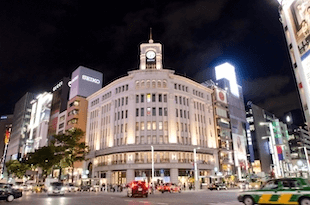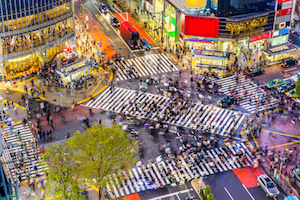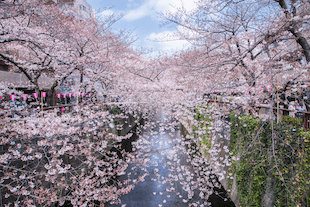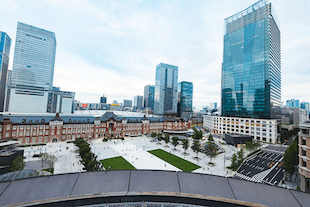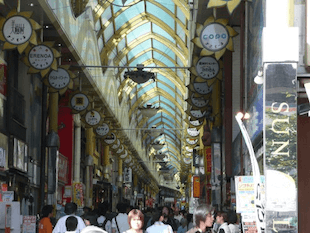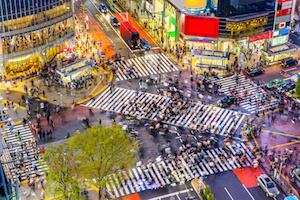

December2025
| Su | Mo | Tu | We | Th | Fr | Sa |
|---|---|---|---|---|---|---|
January2026
| Su | Mo | Tu | We | Th | Fr | Sa |
|---|---|---|---|---|---|---|
February2026
| Su | Mo | Tu | We | Th | Fr | Sa |
|---|---|---|---|---|---|---|
March2026
| Su | Mo | Tu | We | Th | Fr | Sa |
|---|---|---|---|---|---|---|
April2026
| Su | Mo | Tu | We | Th | Fr | Sa |
|---|---|---|---|---|---|---|
May2026
| Su | Mo | Tu | We | Th | Fr | Sa |
|---|---|---|---|---|---|---|
June2026
| Su | Mo | Tu | We | Th | Fr | Sa |
|---|---|---|---|---|---|---|
July2026
| Su | Mo | Tu | We | Th | Fr | Sa |
|---|---|---|---|---|---|---|
August2026
| Su | Mo | Tu | We | Th | Fr | Sa |
|---|---|---|---|---|---|---|
September2026
| Su | Mo | Tu | We | Th | Fr | Sa |
|---|---|---|---|---|---|---|
October2026
| Su | Mo | Tu | We | Th | Fr | Sa |
|---|---|---|---|---|---|---|
November2026
| Su | Mo | Tu | We | Th | Fr | Sa |
|---|---|---|---|---|---|---|
December2026
| Su | Mo | Tu | We | Th | Fr | Sa |
|---|---|---|---|---|---|---|
Cooking Class Category
Sushi Making Ramen Cooking Wagashi Making Bento Making Vegetarian Cooking Vegan Cooking Cheap/Affordable Cooking Tempura Cooking Okonomiyaki Cooking Gyoza Cooking Udon Making Yakitori Cooking Soba Making Sukiyaki Cooking Omurice Cooking Tonkatsu Cooking Takoyaki Cooking Teriyaki Cooking Shojin ryori Cooking Tea Ceremony405 Cooking Classes in Tokyo
17 Cooking Classes
10 Cooking Classes
31 Cooking Classes
15 Cooking Classes
15 Cooking Classes
5 Cooking Classes
7 Cooking Classes
3 Cooking Classes
A popular destination in Tokyo, Asakusa retains the feel and architecture of Tokyo's past. The district is home to Sensoji, a Buddhist temple built in the 7th century. You can enjoy traditional Japanese design and food in Asakusa, and even try your hand at cooking your own Japanese dishes through a cooking class.
On average cooking classes in Asakusa cost ¥20200 per person (based on airKitchen prices).
Popular cheap cooking classes in Asakusa include Japanese pattern icing cookies.
Asakusa Classic Ramen & Crispy Gyoza is popular with other travelers visiting Asakusa.
All cooking classes in Asakusa on airKitchen are offered in English.

Kaminarimon Gate is one the large entrance gates of the famous Sensoji Temple. Four statues are housed in the gate, and an iconic giant red lantern hangs from underneath the center of the gate.

Another popular landmark in Asakusa is Nakamisedori, a souvenir shopping street located just inside Kaminarimon Gate. You can stock up on traditional Japanese knick knacks as souvenirs and pick up traditional Japanese snacks from the street food stalls lining this street.

Otori Shrine is a small Shinto shrine most famous for the Toro no Ichi celebration held each November. On two or three days in November associated with the rooster, a market comes to life at Otori Shrine and merchants sell traditional goods like small decorated rakes.

Tokyo Skytree is the tallest tower in the world, serving both as a broadcasting and observation tower. Visitors are rewarded with sweeping views of the Tokyo metropolis and beyond from the observation deck.

Imado Shrine is the birthplace of maneki-neko, a Japanese charm that is a white cat figurine waving one paw. They make popular souvenirs and are often seen at the entrance of Japanese businesses. The shrine is also a popular destination for those seeking good luck in matters of love and marriage.

This Shinto shrine is one of only two buildings that survived World War II in the area, and thus has been named an Important Cultural Property in Japan. Asakusa Shrine was built to honor the three men who constructed the neighboring Sensoji Temple.

Designed to look like Edo streets of the past, Demboin Dori is a shopping and dining area where you can buy souvenirs for loved ones back home or grab a bite to eat. It lies just outside Sensoji Temple.

Take the JR Chuo Line to Kanda Station (2 minutes) and transfer to the Ginza Subway Line for Asakusa (11 minutes).

Take the Marunouchi Subway Line to Akasakamitsuke Station (8 minutes) and transfer to the Ginza Subway Line for Omotesando Station (5 minutes) and transfer to the Hanzomon Subway Line for Asakusa (2 minutes).

Take the JR Chuo Line to Kanda Station (11 minutes) and transfer to the Ginza Subway Line Asakusa (9 minutes).

Take the Ginza Subway Line to Asakusa (17 minutes).
Cooking classes in Asakusa will not only teach Japanese course meals. Students will be learning how to make Japanese matcha tea. Get the chance to write your name in Japanese Calligraphy! Yes, something that is very cool and is not taught everywhere.
Take a closer look into the vintage heritage and how the Japanese cuisine links with the history and culture of Japan.














